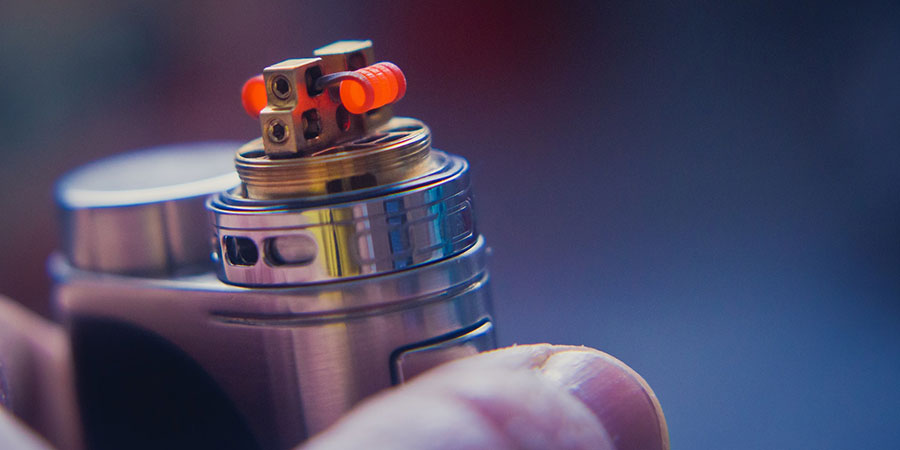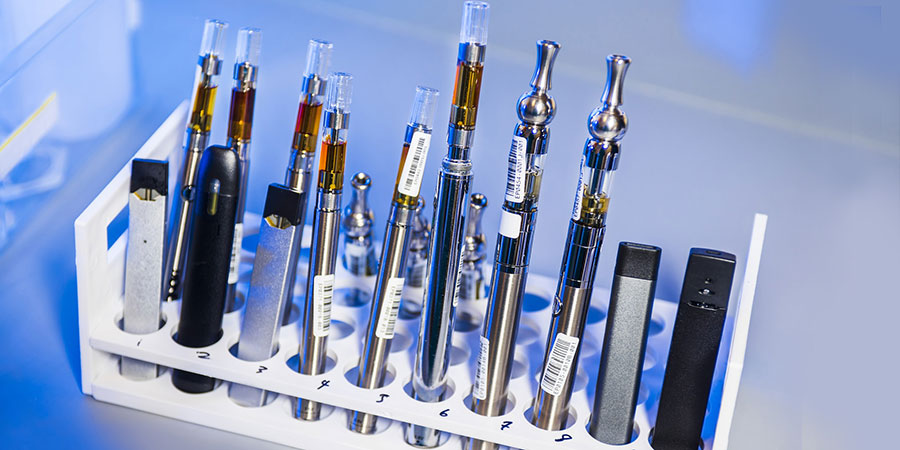
Vaping has evolved into a sophisticated practice that is underpinned by an equally sophisticated piece of technology: the vape device itself. Understanding the components that make up the “plumbing” of a vape device is essential for users who want to get the most out of their experience and ensure their device functions properly for as long as possible.
It’s crucial to note that exploring this technology responsibly, by being aware of local regulations, is part of the vaping culture—that it is legal too.
In this article, we’re going to explore each integral part of a vape device to see how they collectively work to create the vapor you inhale during use.
Battery: The Powerhouse
All vape devices need a power source, and this is where the battery comes in. In most cases, vape devices are equipped with rechargeable lithium-ion batteries.
The size and quality of the battery dictate the device’s endurance on a single charge and its overall lifespan. The battery is also a factor in determining the size and shape of the device; larger batteries tend to produce more power and, therefore, more vapor, but they also result in a larger, less portable unit.
Activation: The Spark
Vape devices are typically activated in one of two ways. Automatic models use a sensor that detects when the user takes a draw and activates the heating element. Manual models, on the other hand, require the user to press a button to activate the device.
This button is a crucial component as it controls the flow of power from the battery to the atomizer.
Chipset: The Brain
Within the vape, a chipset or regulator acts as the brain. It’s responsible for regulating the power from the battery, controlling the temperature of the coil, and providing safety features that prevent dangerous malfunctions like overheating or battery failures.
Advanced chipsets can include features like variable wattage or temperature control, allowing users to tailor their vaping experience to their precise preferences.
Atomizer: The Heart
If the chipset is the brain, then the atomizer is the heart of a vape device. This is where the e-liquid is transformed into vapor. It houses the coils and the wicking material and is critical to the vaping process.
A closer look reveals several intricate aspects:
Coils
These small spirals of resistive wire heat up as electricity is applied to them. They are the element that directly vaporizes the e-liquid.
Coils come in various resistances, and the level of resistance (measured in ohms) directly impacts the heat generated.
Sub-ohm coils, which have a resistance of less than one ohm, are particularly popular for creating large clouds of vapor.
Wicking Material
The wicking material typically surrounds or threads through the coil. Its role is to deliver e-liquid to the coil at a consistent rate. If it becomes too saturated, it can cause gurgling or leaking; if it’s too dry, it can burn, leading to an unpleasant taste.
Airflow
The atomizer usually includes a system to manage airflow. Adjustable airflow allows the user to control how much air is drawn across the coil when taking a puff.
This not only affects the flavor and temperature of the vapor but also the draw’s resistance.
E-Liquid Reservoir: The Storage
The reservoir, which is referred to as either a tank or pod, serves as the storage container for e-liquid. Tanks are usually larger and found on devices known as mods, whereas pods are associated with smaller, more compact devices, including pod mods.
Tanks
These containers can typically hold a significant amount of e-liquid and are made of clear materials like glass or plastic to let users see their e-liquid levels. Tanks are equipped with replaceable coil systems, which means when a coil burns out, it can be replaced without needing to replace the whole tank.
Pods
Pods are the defining feature of pod systems. They can be either refillable or disposable, and while they generally hold less e-liquid than tanks, they offer convenience and portability.
Changing flavors or replacing coils often entails swapping out the entire pod.
RDA/RTA
For vaping enthusiasts, Rebuildable Dripping Atomizers and Rebuildable Tank Atomizers offer a more hands-on approach. RDAs allow for direct dripping of e-liquid onto the coils, offering fresh flavor with each puff.
RTAs combine the customizability of building your coils with the convenience of a built-in tank.

Drip Tip: The Interface
The drip tip or mouthpiece is the part of the device that you directly interact with. It is the channel through which the vapor travels from the atomizer to the user’s mouth. Drip tips can affect the warmth and flow of the vapor and are often designed to be ergonomic.
Maintenance: Keeping the System Running
Regular maintenance is critical for the optimal functioning of a vape device’s plumbing. This includes key aspects such as:
Coil Replacement
Coils have a finite lifespan and need to be replaced every one to two weeks, depending on usage. A burnt-out coil can result in an unpleasant taste and reduced vapor production.
Cleaning
Regular cleaning of the tank, pod, or RDA ensures that old e-liquid residue doesn’t affect the flavor of the vapor. It also helps maintain proper hygiene.
Battery Care
Proper battery maintenance includes using the correct charger, regularly cleaning the contacts, and ensuring that the battery is not overcharged or allowed to deplete entirely.
Safety: Essential Protections
The integrated safety features in the chipset, such as automatic cut-offs, ensure that the device doesn’t become too hot to handle or that the battery doesn’t overwork. Short-circuit protection is another key feature that prevents the device from functioning if a coil is improperly installed or if there’s a risk of an electrical failure.
Conclusion
The plumbing of a vape is a complex yet elegantly designed system that converts liquid into vapor. It consists of a battery, an activation mechanism, a smart chipset, an atomizer with coils and wicking material, a liquid reservoir, and a mouthpiece.
These components work in concert to provide a tailored vaping experience. Maintenance and understanding of this inner mechanism can enhance the enjoyment and longevity of the device.
So whether you’re a novice vaper or a seasoned aficionado, understanding the inner workings of your vape will ensure you get the most out of your device.
